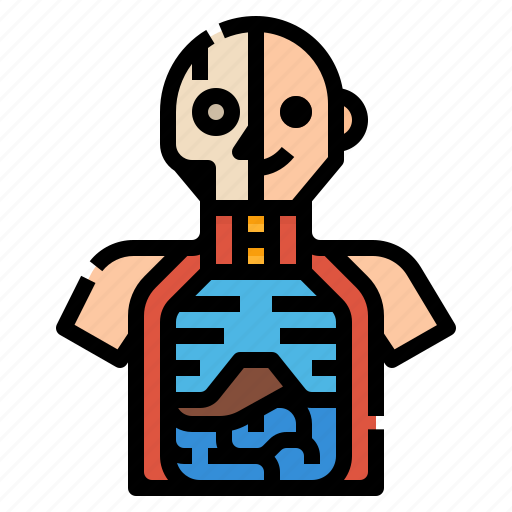The third chapter, focused on the abdomen, discusses the internal organs, which include the stomach and intestines, the spleen and liver, the bile duct, the kidneys, and the adrenal glands. The fourth chapter, focusing on the upper limbs, discusses the bones and joints and includes information on joint replacements.
The fifth chapter, focusing on the pelvis, discusses the organs of the urinary system, which includes the kidneys, ureters, bladder, and urethra. The sixth chapter, dealing with the lower extremities, includes information on the skeletal systems of the lower extremities, including the bones and muscles of the feet, ankles, wrists, fingers, and toes. The seventh chapter, dealing with the extremities of the torso, discusses the bones, ligaments, tendons, nerves, muscles, and tendinitis.
There are plenty of topics covered in the book, and the text is geared towards those who have already studied or are interested in anatomy and physiology. The text does not focus on medical terminology or laymen’s terms; instead it provides an easy-to-understand explanation for the reader.
Overall, the text is very detailed and provides great explanations for various terms used in complete Anatomy Plus. The text also uses several examples throughout the text to provide visual examples of anatomy. While this text does focus on the study of anatomy, it also covers general terms and concepts used in the medical community.
The book was recommended to me by several people. This book is extremely user-friendly, making it possible for the student to read the text without any difficulty. The book is written in easy-to-understand English, making it easy for the student to understand the text even if he or she does not have a background in anatomy or physiology.
Anatomy Plus is an excellent introduction for beginning readers who are looking to learn more about the human body. It also provides useful information for those who are looking to supplement a formal medical education by learning anatomy from a non-medical perspective. A number of other books provide supplemental information and illustrations, but only this book provides the student with a thorough description of the entire human body.
Overall, Complete Anatomy Plus is an excellent introduction to the study of anatomy that offers up-to-date information, which includes important terms, illustrations, and easy to follow explanation. The text also has helpful information for those looking to supplement a medical education by learning anatomy and physiology.
Complete Anatomy Plus was created by Dr. William C. Hawley, M.D., and published by E.J. Price. The book contains several chapters, and each chapter is divided into five major sections: the skeleton, the muscles, the nerves, the organs, the circulatory system, and the respiratory system.
The first section of the text deals with the skeletal system of the body. It begins with a brief description of the human skeleton, including the skeletal features that give the skeleton of its shape and form. The second section of the text discusses the skeletal structure and the five major muscle groups of the body. The third section of the text, dealing with the muscles, describes the muscular attachments to the skeletal structure and how they work.
The fourth section of the text deals with the large muscles of the body. The fifth section of the text, dealing with the large muscles of the skeletal structure, describes the various muscle groups and the major muscle groups and their function in the skeletal structure.
The last section of the text deals with the small, medium, and large muscles of the body. The final section of the text focuses on the circulatory system and includes the three major blood vessels of the body. Each of the five sections of the text contains illustrations and a detailed explanation of the subject matter.


